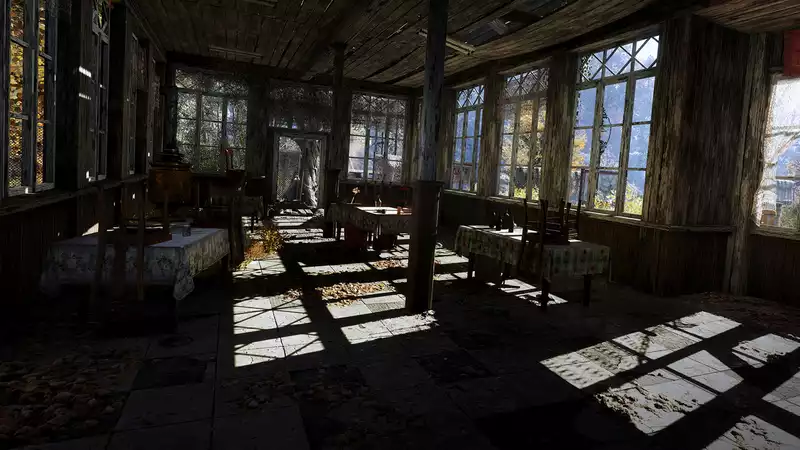Nvidia's RTX Global Illumination SDK v1.0 (RTXGI) is now available for developers. This new ray tracing toolkit includes the tools necessary to enable scalable in-game lighting solutions across DXR-enabled GPUs, including Pascal cards, without "prohibitive run-time performance requirements."
This means that game developers can use the RTXGI SDK to integrate RTX functionality and extend from the least demanding illumination to the most brilliant (and hardest) in-game lighting you have ever seen. Without excluding those who are not fortunate enough to own the best graphics cards.
The SDK provides developers with optimized memory layout and compute shaders, support for multiple coordinate systems, and access to engine and gameplay event hooks to take full advantage of dynamic lighting. In other words, after baking a probe into the scene, rays from active light sources can be traced and shaded.
"The fundamental benefit here is that it is a scalable SDK that can generate global illumination on low-end hardware that does not have ray tracing capabilities," says Tony Tamasi, SVP of Content and Technology at Nvidia . Hardware with raytracing capabilities will gradually perform better, enabling higher quality and more frequent updates."
"It works with a very traditional flow that game developers are very familiar with: light probing. Think of it as baked lighting. But you can trace rays from the light probe, which allows for more accurate lighting, more real-time updates. [RTXGI works on DXR-enabled GPUs. It will work on any GPU with a graphics card that supports Microsoft's DirectX Raytracing API, which is part of the DirectX 12 Ultimate specification. AMD is also working on a DXR compatible graphics card later this year in the form of RDNA 2.0. It is working on it, and it is expected to appear on PCs (and consoles) near you by the holiday season. [Being scalable means that you can enable that kind of effect on all hardware and platforms, and things will only get better as the platform's ray tracing capabilities improve," Tamasi continued.
The RTXGI SDK comes on board with ray tracing at a pivotal time. Raytracing is no longer just about Nvidia's own RTX 20 series hardware and Microsoft's DXR API.
The Khronos Group announced official Vulkan RT ray tracing earlier this month, and we will hear more from game developers who are taking full advantage of this API later this year. As for hardware, AMD will bring its own spin on the ray-tracing method with RDNA 2.0 on the discrete Navi 2X graphics card, Xbox Series X, and winter PlayStation 5.


Comments